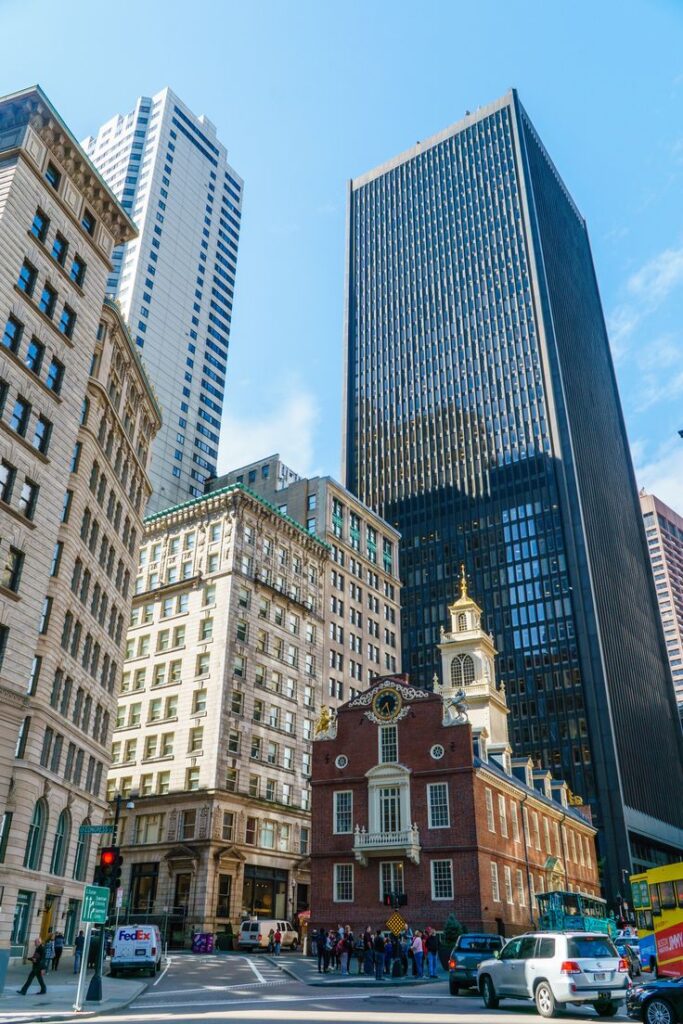Profitability Comparison: Commercial Properties in MA vs. RI vs. NH
When it comes to investing in commercial real estate across New England, Massachusetts (MA), Rhode Island (RI), and New Hampshire (NH) each offer unique opportunities—and challenges. But which state offers the best profitability for investors?
At Commercial GRP, we work across all three markets and help investors navigate local dynamics to maximize returns. Here’s a breakdown of how they compare in terms of rents, cap rates, taxes, demand, and long-term upside.

Massachusetts: High Demand, High Barrier to Entry
Pros:
- Strong rent growth in core and secondary markets (Boston, Worcester, South Shore)
- Dense population and consistent demand for logistics, lab, and flex space
- Limited land supply creates long-term appreciation
Cons:
- Higher property taxes and operating costs
- Lengthy permitting and entitlement process
- Fierce competition, especially for off-market deals
Typical Cap Rates: 5.0%–6.0% (lower in Greater Boston)
Best Suited For: Long-term investors looking for appreciation and stability
Bottom Line: High floor, high ceiling—but success requires experience and relationships

Rhode Island: Underrated Market with Strategic Location
Pros:
- Port access and proximity to MA and CT logistics corridors
- More flexible zoning in some municipalities
- Lower purchase prices and operating costs than MA
- Growing tenant demand in cities like Providence, Warwick, and Cranston
Cons:
- Smaller buyer pool means slightly longer lease-up timelines
- Less institutional activity—values can plateau in some submarkets
Typical Cap Rates: 6.0%–7.0%
Best Suited For: Investors seeking higher yield with less competition
Bottom Line: A smart alternative for those priced out of Massachusetts but still seeking access to Northeast distribution hubs.

New Hampshire: Business-Friendly and Growing
Pros:
- No state income tax or sales tax
- Business-friendly climate attracts logistics and light manufacturing tenants
- Lower acquisition costs compared to MA
Cons:
- Smaller market size and limited inventory
- Certain submarkets can have lower rent growth
- Farther from core Boston logistics routes
Typical Cap Rates: 6.5%–8.0%
Best Suited For: Cash-flow focused investors and 1031 buyers
Bottom Line: High-yield opportunities with solid fundamentals and landlord-friendly policies.

Comparative Snapshot:
Category | Massachusetts | Rhode Island | New Hampshire |
Rent Growth Potential | ⭐⭐⭐⭐ | ⭐⭐⭐ | ⭐⭐ |
Cap Rates | 5.0–6.0% | 6.0–7.0% | 6.5–8.0% |
Tax & Carrying Costs | High | Moderate | Low |
Market Competition | Very High | Moderate | Low–Moderate |
Regulatory Environment | Strict | Mixed | Business-Friendly |
Entry Pricing | $$$$ | $$–$$$ | $$ |

Final Take
- Massachusetts offers the strongest long-term upside and tenant demand—but with high barriers to entry.
- Rhode Island provides a balance of affordability and access, with room for yield-driven strategies.
- New Hampshire shines for those focused on cash flow and landlord-friendliness, especially in the sub-100K SF space.
At Commercial GRP, we help investors evaluate each of these markets in context—not just on numbers, but on strategy, risk tolerance, and timeline.

Curious Where to Deploy Capital Next?
Let’s talk. We’ll help you identify the right geography, property type, and approach—whether you’re looking for stable income, value-add upside, or long-term growth.
